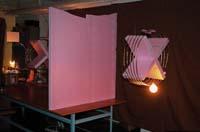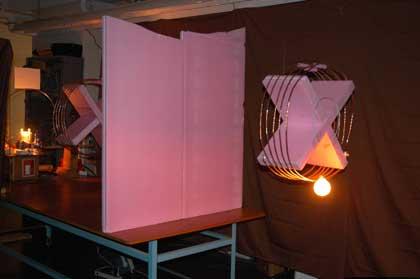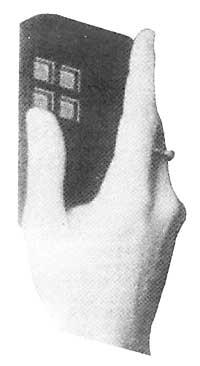A world without cables is possible
2010/04/18 Lakar Iraizoz, Oihane - Elhuyar Zientzia
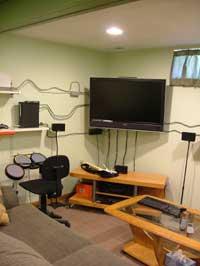
Our world is increasingly technological, there is no doubt about it. Nor can we deny that we work with fewer and fewer threads. But we cannot say that we are totally independent of the cables at all. We can talk about the Internet without cables, but there will always be a small device, like the router, connected to the mains.
The autonomy of portable electronic devices is also limited, as sooner or later our devices end up attached to a cable to charge the batteries. However, if we had wireless power transmission systems at home, our phones and other battery-dependent devices would start charging with just going home.
The original idea is much older. We have to go back a hundred years to find the creator of this idea. It was Nicola Tesla.
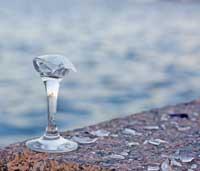
Opera singers are able to break glasses because they can emit sound waves that make crystal vibrate. (Photo: Alma Sacra
In addition to being a creator of the idea, Tesla built at the beginning of the last century the first telecommunication tower with that objective. In New York, the Wardenclyffe tower had an antenna of about 60 meters, and its objective was to use it for transatlantic telephone and radio transmissions. The problem was that Tesla did not get enough funding to finish the project and the project was suspended. However, several times he managed to get started and perform the transmission correctly.
Resonance at the base
Now, when wireless devices are becoming more and more dominant, it seems more viable to launch such systems, for which different types of technologies have already been developed. Some have used radio waves to create an electricity transmission system, others have opted for the use of infrared laser beams and a third technology is based on the phenomenon called resonance.
This third has had the most impact on the media and, according to New Scientist, this is the best system of domestic use. This system is based on the fact that the electronic device should not be in contact with the electricity emitter; if they are relatively close, electricity can pass from one side to the other.
This transfer of electricity is much more effective when both components vibrate with waves of the same frequency, i.e. when both components are in resonance. A typical example of resonance is that of the opera singer who breaks the cup. The glass of the cup begins to vibrate if it receives waves of a certain frequency, and if the singer starts singing in that melody, it can break.
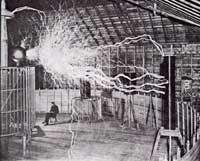
Thus, if the emitter and receiver of electricity are in resonance, electricity can pass much easier. The director of a company called WiTricity, which works with this technology, gave a talk in Oxford in which he publicly showed that without cables it was possible to charge the battery of a phone or turn on a television.
Once proven possible, this technology will have to take new steps if it wants to become something common in our society. They will have to improve to increase efficiency, they will have to show that these waves are not harmful to human health… but that is something else.
Published in 7K .

Gai honi buruzko eduki gehiago
Elhuyarrek garatutako teknologia



